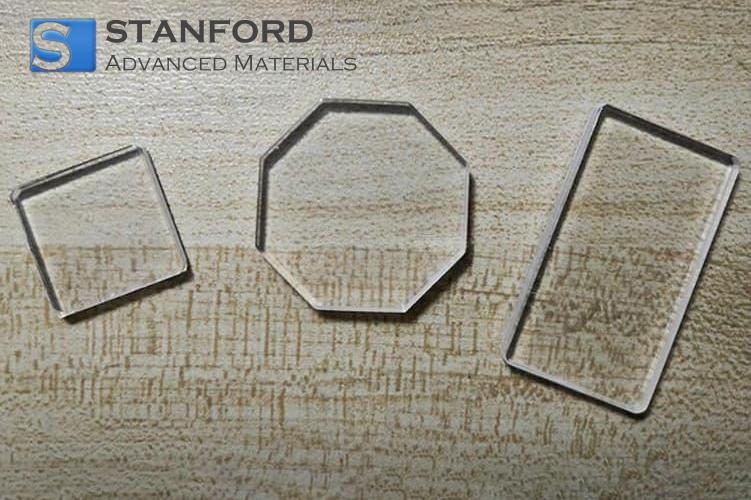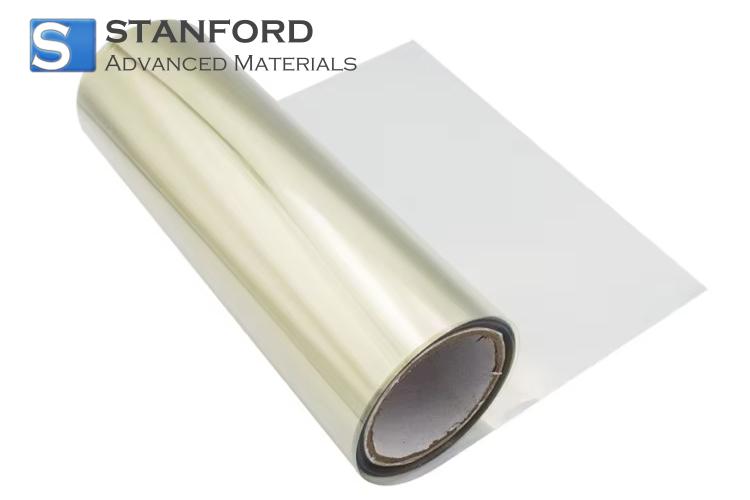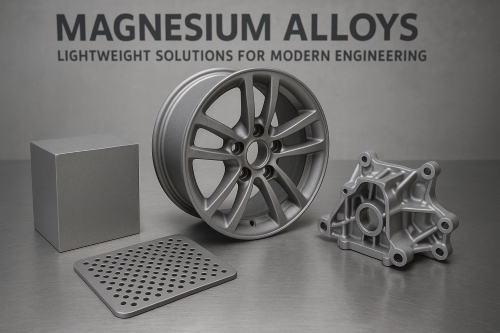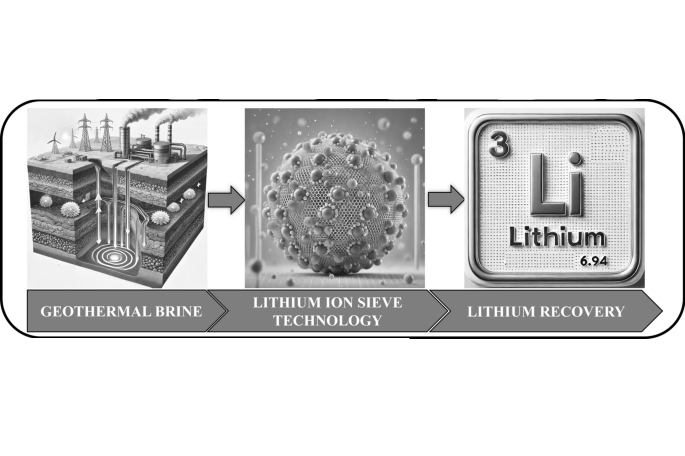Voice Coil Motors and Permanent Magnets
Introduction
Voice coil motors are an important part of the majority of contemporary devices. They are used in camera focus systems, audio speakers, and medical equipment. The compact motors ensure accurate movement with minimal complexity. Over the years, their development has significantly advanced. The presentation here closely examines voice coil motors and the role of permanent magnets within them.
Introduction to Voice Coil Motors
--What Is A Voice Coil Motor?
A voice coil motor is an electromechanical device. It generates linear movement with the aid of a coil and a permanent magnet. It features a basic configuration. The coil carries an electric current, and its displacement results from interaction with the magnetic field. There is no gearbox or complex mechanism involved. This results in the system possessing quick response and precise control.
Voice coil motors are well known for being both simple and reliable. They have few moving parts, which reduces wear and tear. With less friction, these motors exhibit a longer lifespan compared to other actuators. The simplicity of the design also makes them easy to repair and maintain.
--History and Evolution of Voice Coil Motor Technology
Voice coil motors have existed since the inception of electromechanical devices. The design of voice coil motors has become increasingly sophisticated over several decades. Initially, they were used in basic mechanisms. Today, voice coil motors feature in advanced products.
Early voice coil motors were larger and less accurate. Advances in materials technology have enabled smaller and more efficient units to be produced. Modern units typically employ digital control methods to power these motors. Engineers have improved the coil construction and optimised the orientation of the magnetic field. This has minimised the motor's response time while maximising accuracy.
These advancements have benefitted numerous industries. For instance, voice coil motors are employed in camera lenses and projection devices within the entertainment industry. The medical field also benefits from these innovations in medical devices and diagnostic equipment.
--Major Components of A Voice Coil Motor: Coil, Magnet, and Housing
There are three essential components in a voice coil motor. The coil is typically constructed of copper or aluminium. The coil is wound into a compact form. A flowing current through the coil generates a magnetic field surrounding it.
The second primary element is the magnet. It comprises permanent magnets, typically made from materials like neodymium. These provide a stable magnetic field. The strength of the magnet is crucial, as it determines how effectively the coil will move when current is applied.
The housing holds everything in position. It is designed to keep the magnet and coil in the correct alignment. Housing is typically constructed from metal or plastic. The housing protects the internal components from damage and dust. Well-designed housing also aids in heat dissipation, thereby enhancing the motor's lifespan and reliability.
Permanent Magnets in Voice Coil Motors
Permanent magnets play a central role in the operation of voice coil motors. These magnets are generally made from rare earth materials such as neodymium or samarium-cobalt. Such materials yield high magnetic forces within compact dimensions. High magnetic fields are crucial, as they enhance the efficiency of the voice coil motor.
Engineers select these magnets due to their high energy density. A substantial magnetic field can be created with a relatively small magnet. This maintains a clean and uniform field surrounding the coil, resulting in smooth and precise motion. Permanent magnets are also resistant to various environmental conditions. They provide consistent force even when the motor operates continuously or in challenging environments.
The selection of magnet type is dependent on application. Professional cameras, for example, demand highly precise movement, necessitating the use of a powerful magnet. Conversely, budget constraints may influence magnet selection. Common applications include household appliances, where voice coil motors are found in speakers and actuators. In all cases, the purpose of the magnet is consistent: to provide the requisite constant force for enabling precise motion.
Working Principle
The working principle of voice coil motors is straightforward. The flow of electric current through the coil generates a magnetic field. This field interacts with the permanent magnet's field, producing a force. This force moves the coil in either direction. This phenomenon is described by the electromagnetic law known as Lorentz force.
The level of force produced depends on both the current strength and the magnet's field strength. Engineers typically position the coil and magnet symmetrically. This results in a uniform distribution of forces, yielding smooth and uninterrupted motion. Accuracy is ensured through feedback and temperature control systems. Most voice coil motors are equipped with sensors that track the moving component in real time. This feedback allows for continuous current adjustments.
The fundamental structure is very simple, enabling modification of a broad range of characteristics. Factors such as the coil size, the weight of the moving element, and the type of magnet can all be adjusted. Each parameter influences the motor's performance. In designing high-precision devices, engineers can finely tune these variables to attain optimal performance.
Applications of Voice Coil Motors
Voice coil motors are applied in numerous everyday applications. Their versatility allows implementation across multiple industries. They exhibit rapid response and high precision control.
One application is in digital camera autofocus systems. A voice coil motor quickly adjusts the lens elements, yielding sharp, precise images. Another application is in speakers. Voice coil motors convert electrical signals into sound, and their fast response supports high-fidelity sound reproduction.
Voice coil motors are also utilised in optical effect systems. They drive components in small increments in some laboratory equipment. Precision laboratory equipment engineers employ them to drive parts in medical imaging devices to focus on specific areas. They are popular even in consumer electronics.
A further area of application is robotics. Certain robots utilise voice coil motors as actuators for extremely small, precise motions. They are frequently chosen for applications that require reproducible and dependable motion. Scanners and radio systems can also use them, where rapid movement is essential. The applications of voice coil motors are extensive. Engineers continually find new contexts in which their precision is beneficial.
Conclusion
In summary, voice coil motors represent a straightforward solution to numerous technical challenges. Their simplicity and control of movement have led to their increased popularity. Permanent magnets are integral to their operation, providing stability and power. Voice coil motors possess a long history; they began as large equipment but have evolved into specialised components used in cameras, speakers, and many other devices.
Frequently Asked Questions
F: What is the purpose of a voice coil motor?
Q: It provides fast and precise linear motion in devices such as cameras and speakers.
F: How do permanent magnets assist voice coil motors?
Q: They create a stable magnetic field that interacts with the coil to induce motion.
F: Can voice coil motors be used in compact devices?
Q: Yes, due to their small size and high precision control.

 Bars
Bars
 Beads & Spheres
Beads & Spheres
 Bolts & Nuts
Bolts & Nuts
 Crucibles
Crucibles
 Discs
Discs
 Fibers & Fabrics
Fibers & Fabrics
 Films
Films
 Flake
Flake
 Foams
Foams
 Foil
Foil
 Granules
Granules
 Honeycombs
Honeycombs
 Ink
Ink
 Laminate
Laminate
 Lumps
Lumps
 Meshes
Meshes
 Metallised Film
Metallised Film
 Plate
Plate
 Powders
Powders
 Rod
Rod
 Sheets
Sheets
 Single Crystals
Single Crystals
 Sputtering Target
Sputtering Target
 Tubes
Tubes
 Washer
Washer
 Wires
Wires
 Converters & Calculators
Converters & Calculators
 Write for Us
Write for Us


 Chin Trento
Chin Trento



